"My Worst Mistake" – Gardeners Share 10 Hard-Learned Lessons
Gardeners never stop learning, and sometimes our mistakes are the best teachers. But why not save time and heartache by learning from other gardeners' failures?
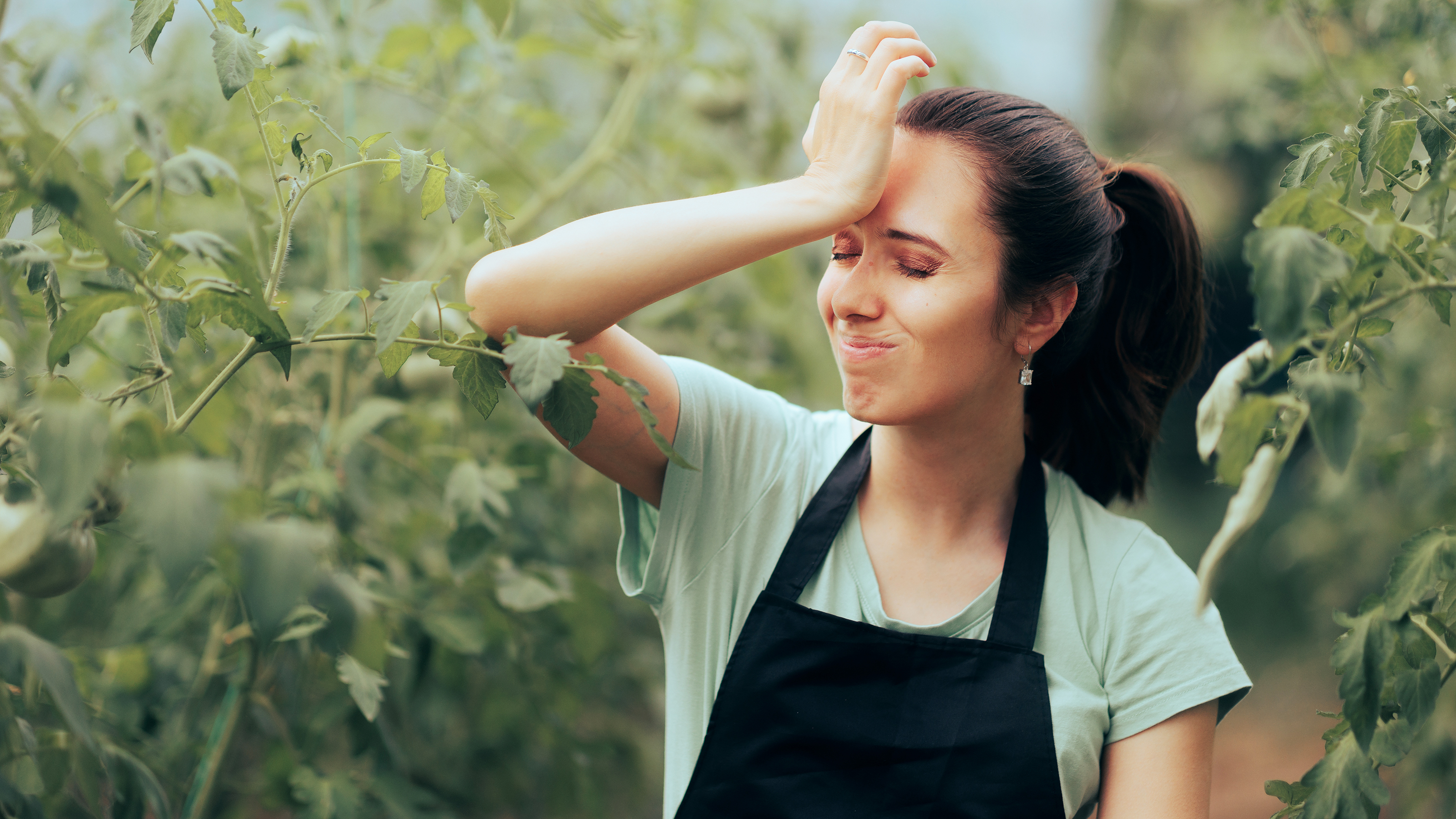

Gardening is one of the most fulfilling pursuits – yet, all too often gardeners make mistakes that serve a crushing blow to their growing ambitions.
We asked the Gardening Know How audience to share their biggest regrets so that you don't have to learn the hard way. We were overwhelmed by the response, but couldn't help notice the common themes that cropped up time and again.
Happily, many gardeners urged newcomers not to give up, and were quick to point out that gardening is one big learning experience.
In the wise words of garden coach Janet Kilburn Phillips, "There are no gardening mistakes, only experiments."
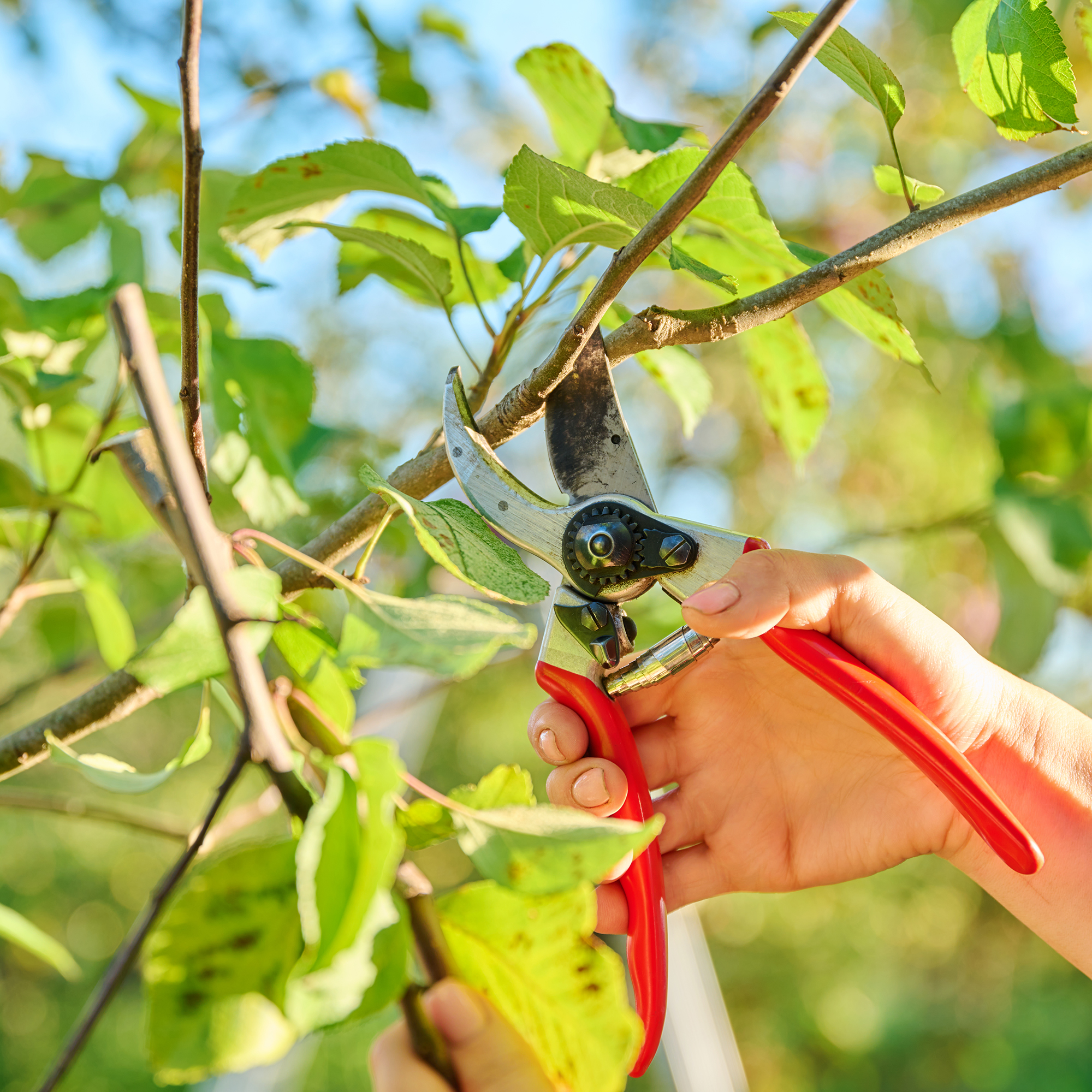
One of the worst mistakes you can make is choosing the wrong tools. Set yourself up for success with reliable, sustainable tools from Garden Guru.
1. Don’t Plant Out Too Early
Most gardeners quickly discover that planting out seedlings before the chance of frost has passed can be an expensive mistake.
“No matter how nice the weather is and how excited you are to start your garden, don't plant things until the proper time,” advised gardener Brenda Thorne Veazey.
Starting seeds outside too early in the season is also a mistake. It can be a good idea to get a head start on the growing season by starting seeds indoors, but sowing them in the garden too soon will mean the seedlings will struggle to thrive.
Gardening tips, videos, info and more delivered right to your inbox!
Sign up for the Gardening Know How newsletter today and receive a free copy of our e-book "How to Grow Delicious Tomatoes".
The same goes for moving overwintered plants back out into the garden. “I’ve learned not to rush my over-wintered plants outdoors too soon,” said gardener Herbert Boring. “One year I overwintered two Boston ferns beautifully only to put them outdoors. A few cold nights and wind beat them up.”
Hold off until all chance of frost has passed. If in doubt, wait an extra week or two.
“There will always be one more frost,” lamented gardener Emma Thompson.
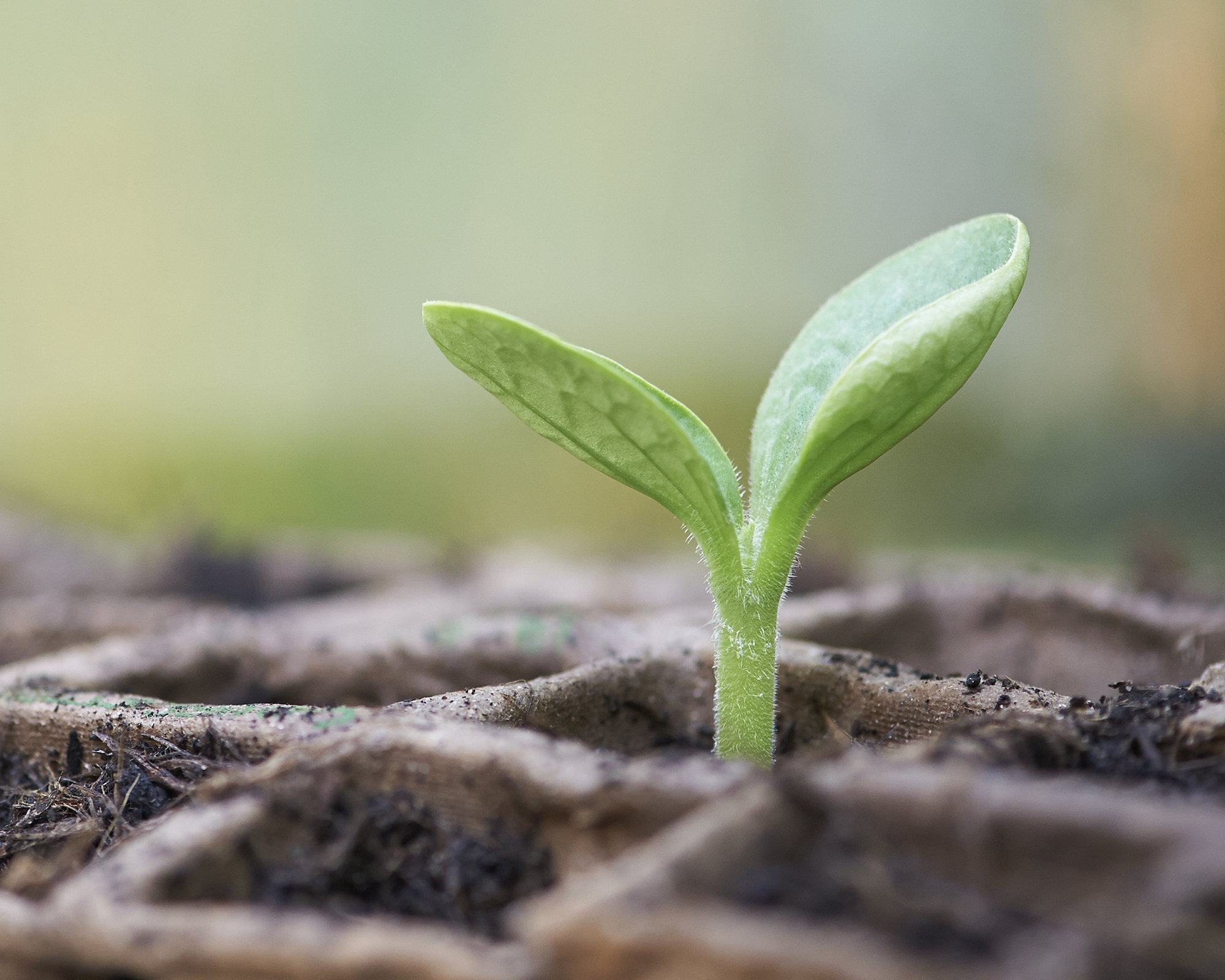
2. Avoid Invasive Plants
Adding invasive plants to the garden is a huge regret for many gardeners. The worst offenders are plants that spread via underground rhizomes or roots that must be removed in their entirety to stop the plant from spreading.
Even if you love the look of the plant, it can be problematic when it crowds out native plants, impacting the habitat of local wildlife. Unfortunately, invasive plant removal can be expensive, rely on harmful chemicals, and potentially take years.
Common invasive species gardeners were keen to highlight include mint, English ivy, and toadflax. However, the biggest regret is planting bamboo.
“I regret planting bamboo into the soil instead of a pot – it took over the garden and took a great deal of hard work to remove it!” said gardener Julie Colter.
As if tackling an invasive plant in your own garden wasn’t costly and frustrating enough, imagine dealing with a disgruntled neighbor when bamboo spreads to their property.
“My neighbor just planted a very invasive type of bamboo in his driveway,” said gardener Kimberly Poloson. “It grew to be twenty feet long and about as high. It cost twenty thousand dollars to have it removed. It was growing into our yard!”
3. Invest In Your Soil
Soil is more than just dirt – it’s full of nutrients and organisms that will help plants to grow. If soil is neglected, gardeners are destined to be disappointed by the poor performance of many plants.
“Test your soil! You can do everything right and still fail and just feel like you’re a terrible gardener if you don’t know what’s going on in your soil and what you need to do to improve it,” said gardener Stephanie Nicole.
Soil testing kits can be purchased cheaply, and offer a real insight into the makeup of the soil in different areas of your yard. Once you know what you are dealing with, soil can be improved by digging in organic material and other additives.
“Feed the soil, not the plants,” added gardener Pamela Strandquest.
While you can adjust the texture and soil pH to a degree, it is difficult to completely change its composition.
“Alkaline soil cannot become acidic soil no matter what I want,” said gardener Roberta Barišić.
If you want to grow plants that are totally at odds with the soil in your yard, then raised beds and container gardening are the way to go.
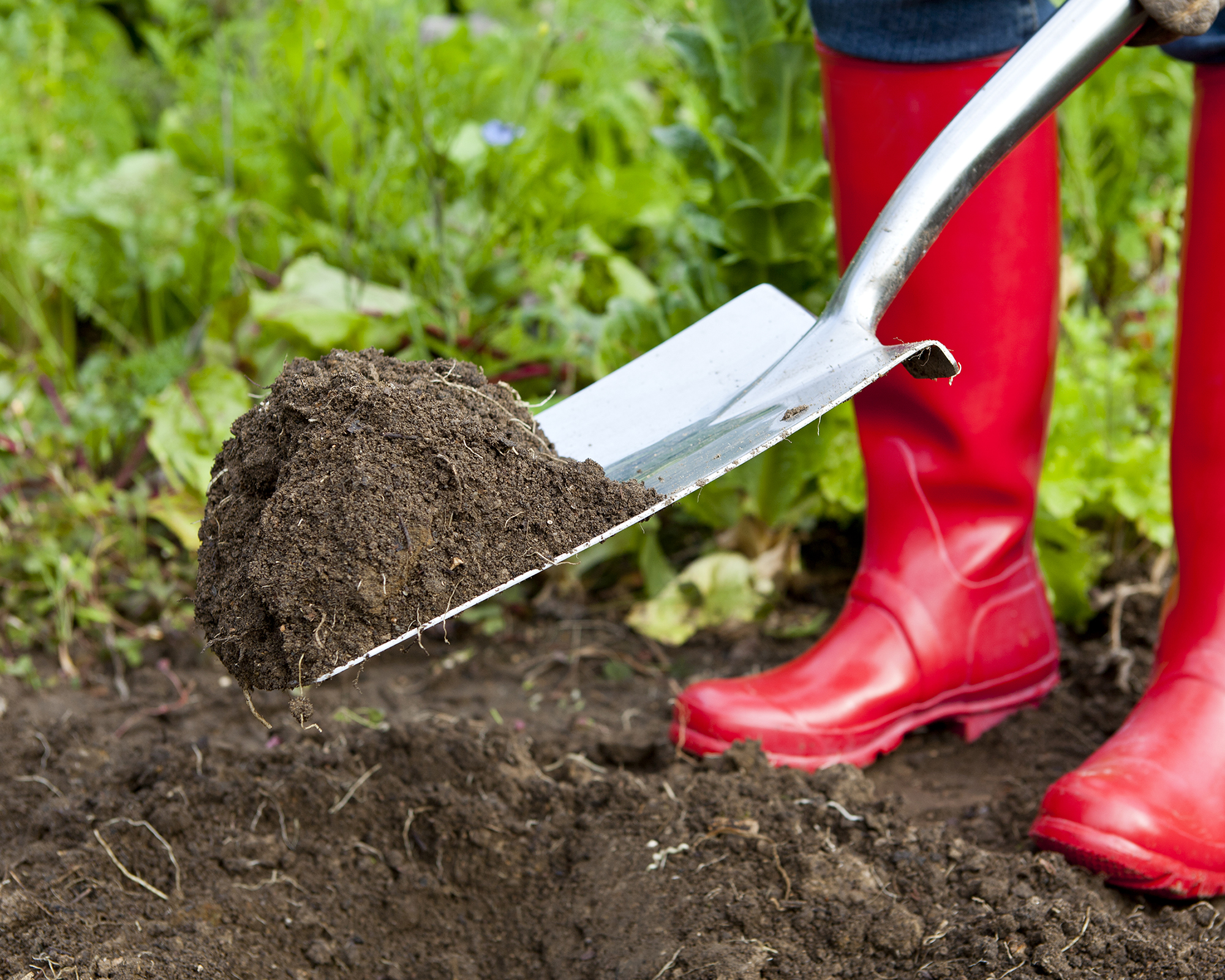
4. Protect Yourself
New gardeners are often surprised by how hard gardening can be on bare skin. While coming into contact with the soil boosts mental health, there are issues to be aware of.
“Wear gloves! I usually don’t as I love the feeling of dirt in my hands, but there are snakes, bugs, and bacteria, especially in recycled soil,” said gardener Patricia H. Klein. “Plus I come in and my hands and arms have scratches and cuts.”
Pruning thorny plants such as roses without wearing heavy-duty gardening gloves is a common mistake, and can be dangerous. The garden is teeming with harmful bacteria that causes infections when it enters the bloodstream.
Gardeners were also keen to point out that wearing sunscreen and protective clothing is vital to keeping yourself safe.
However, gardener Susan Lawrence had the last word on safety: “Don't wear flip flops when strimming…”
5. Keep On Top Of Weeds
Not dealing with weeds in a timely fashion is a big regret for many gardeners.
“One year seeding, seven years weeding,” warned gardener Bruce Alborough, quoting the old gardening adage.
Allowing weeds to become established and go to seed will surely mean they will spread around your yard. Unfortunately, weed seeds can last for many years in the soil before they germinate and grow.
Weeding the garden can be backbreaking work and the bane of many gardeners’ lives. However, some gardeners are more accepting of a few weeds and try not to get too concerned about every little weed popping up.
“I have learned that weeds are forever – no matter what you do they will always be there,” said Iris Kowalewski.
Make weeding easier by choosing the right tools for the job. Our gardening experts recommend Garden Guru's 3-piece Hand Weeder Tool Set. With three different types of weeding tools, you can tackle almost any weed in your yard.
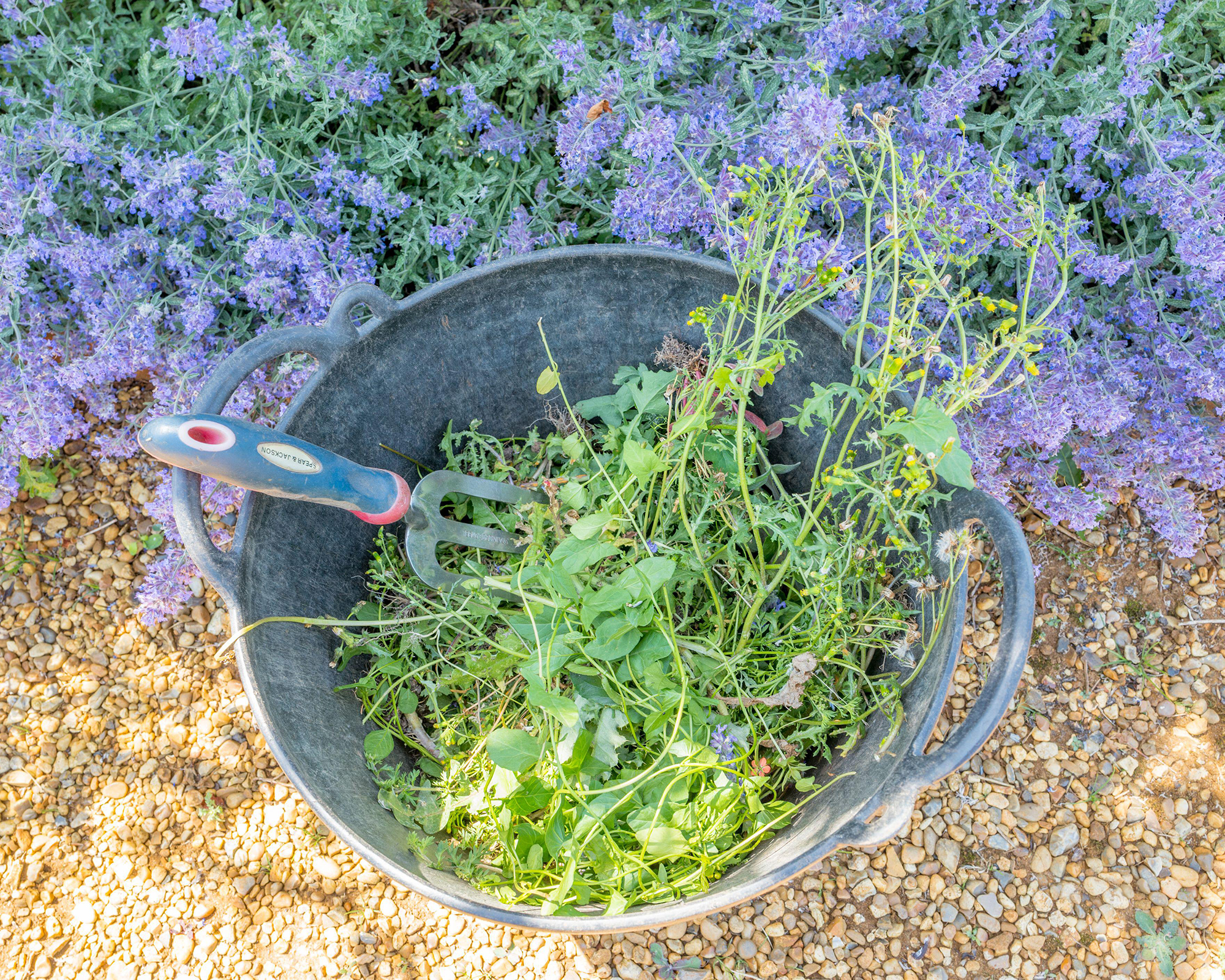
6. That Wildlife Love Our Gardens Too
There’s nothing more disheartening than your homegrown food or prized ornamentals being devoured by the local wildlife population.
Many gardeners learn the hard way that animals, insects, and other critters love their plants just as much as they do. Deer, rabbits, birds, and squirrels are common offenders who can quickly put a dent in your growing plans.
“I fenced my garden in due to rabbits and deer – they’re cute but destructive,” said gardener Nancy Martin Jacobson.
Gardener Carol Pendleton struggles to deal with the local bird population eating her seedlings. "I put collars around the beans as they emerge," she said. "I use half of a toilet paper roll or something similar. It helps. I usually put some bird netting over them for a while as well, so the little critters don't eat or uproot them."
Meanwhile, Lisa Boston offered a creative solution for dealing with squirrels. “I cover my bulbs in my pots with chicken wire so the squirrels can’t steal them. I cut the wire throughout and point sharp edges upwards. The squirrels start digging, and when they experience the sharp wire they leave the bulbs alone.”
Bugs are also a big concern for gardeners. “I have learned that squash bugs cannot be defeated,” lamented Andrea Kathleen. “I’ve tried every year, but they always shorten my harvest.”
However tempting it may be, avoid using chemical control to tackle pests and unwelcome wildlife. There are many clever ways to deal with them using natural pest control solutions.
Some gardeners have grown to be more philosophical about the issue.
“There will be pests. No matter where or what. It’s best to learn to live in harmony with them than to spend every ounce of energy you have fighting them off,” said gardener Loren Oyer. “Get to know them and give them their own food supply or find natural deterrents.”
Embrace wildlife by creating a garden just for them. Plant a plot where deer, bunnies, or pollinators can have free rein. Our gardening experts love the Native Hummingbird Garden Kit from Plant By Number. It's an easy way to create a small spot in your garden dedicated to wildlife that's also easy to grow and full of beautiful flowers.
7. Right Plant, Right Place
Most gardeners will admit to having gone on a plant shopping spree with little thought as to whether they are well suited to their garden.
“Plants will grow where they want to, not where you want them to,” warned gardener Ian Nash.
In the 1960s, world-renowned gardener Beth Chatto gave the advice “Right plant, right place,” and it is a lesson that almost all gardeners learn the hard way.
Each plant has its own preferences in terms of soil type, light, temperature, and humidity. If your garden is not compatible, plants will struggle to thrive.
Start by narrowing your plant selection to those compatible with your USDA planting zone, then narrow down further by soil type.
Most gardeners have a mix of bright and shaded areas in the garden, and it’s important to choose plants that will thrive in those locations.
Gardener Lisa Marie suggested learning to appreciate reliable garden stalwarts that thrive in a wide range of conditions. “A classic is a classic for a reason and may require much less effort on the part of the gardener.”
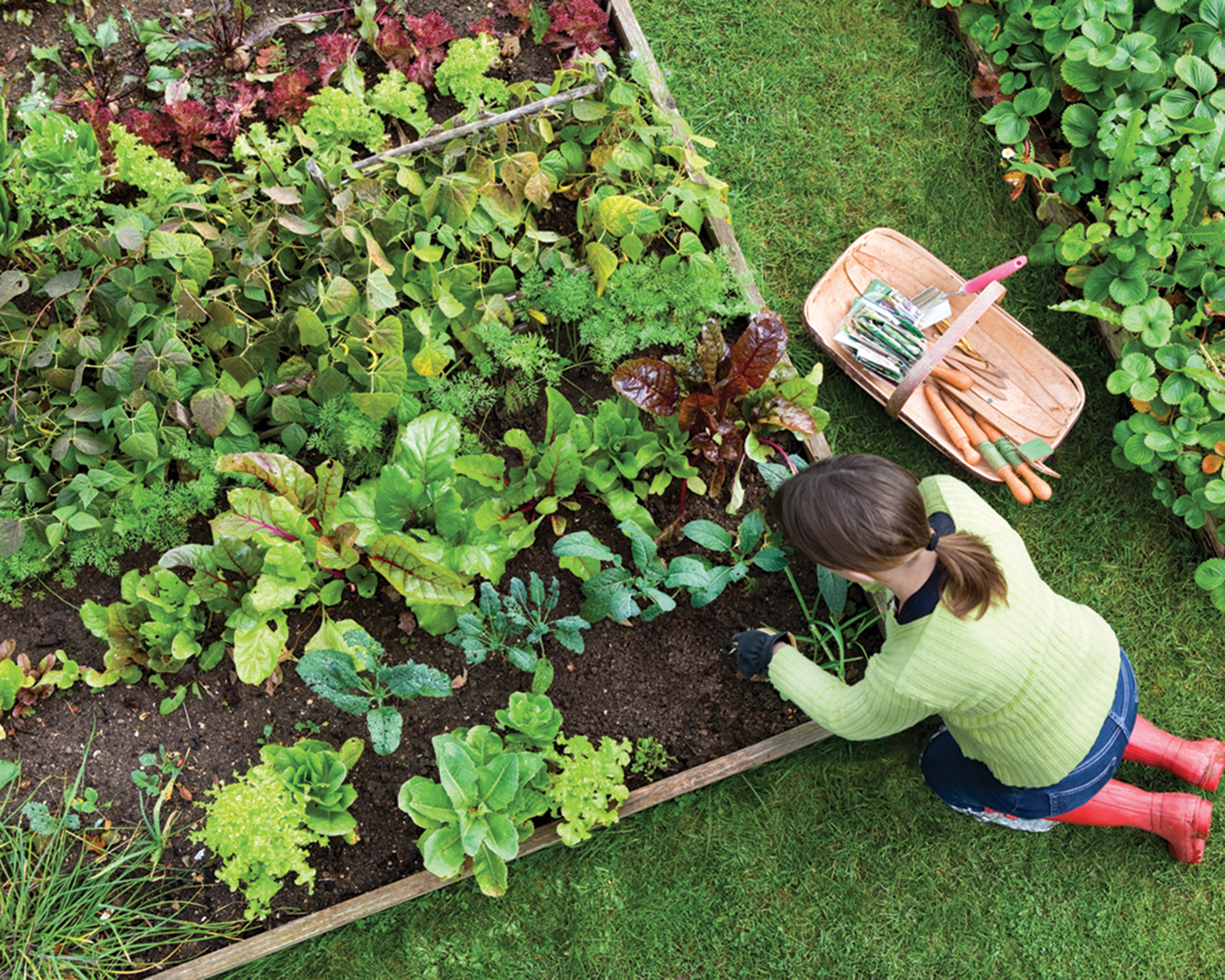
8. Read The Instructions Properly
All gardeners have misread instructions at some point – especially when over-eager to start planting.
“When I started my very first garden 30 years ago, I quickly learned the difference between 2mm and 2 inches when planting seeds!” said gardener Lisa Jean.
Meanwhile, gardener Leith MacDonald admitted to planting onions upside down after not checking the instructions properly, and Linda Briley overlooked the recommendation to buy more than one blueberry bush so they could cross-pollinate.
9. Do Less Digging
No-till gardening is a rising trend as it has advantages for soil health and saves time and energy.
“Don't bother digging, it's bad for the soil and your back,” said gardener Lawrence Diamond.
Instead of regularly digging over the soil, no-till gardening involves leaving it undisturbed but layering on organic material year after year. This regular mulching is key to suppress weeds and add texture and nutrients to the soil.
“Mulch and cardboard are your friends and you can get them for free and have a weed-free garden,” said gardener Stephanie Erquiaga.
10. Check The Mature Plant Size
How compact a plant looks in its pot at the garden center has little bearing on its eventual size.
“Don't over plant – everything grows,” said gardener John Castello. “Plant based on the maturity size. It might look bare at first, but it will fill in over time.
Observe the recommended plant spacing to avoid beds and borders becoming overcrowded and affecting their performance.
This article features products available from third party vendors on the Gardening Know How Shop. Keep in mind that our plant inventory is limited—so if you’re thinking of purchasing, don’t wait!

Melanie is an experienced gardener and has worked in homes and gardens media for over 20 years. She previously served as Editor on Period Living magazine, and worked for Homes & Gardens, Gardening Etc, Real Homes, and Homebuilding & Renovating. Melanie has spent the last few years transforming her own garden, which is constantly evolving as a work in progress. She is also a passionate organic home grower, having experimented with almost every type of vegetable at some point. In her home, Melanie tends to an extensive houseplant collection and is particularly fond of orchids.
-
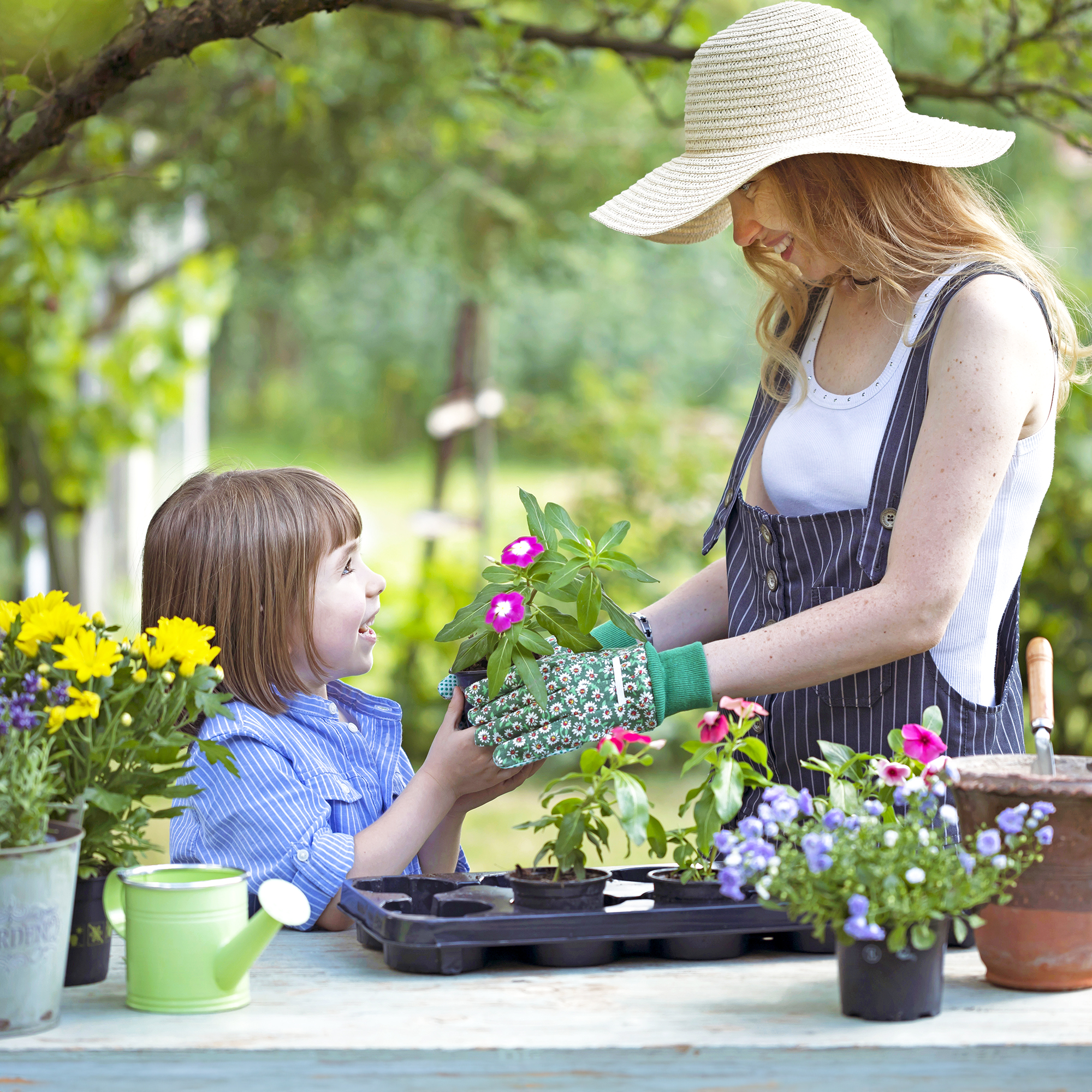 12 Mother’s Day Garden Gifts That Celebrate Moms Who Love To Grow
12 Mother’s Day Garden Gifts That Celebrate Moms Who Love To GrowAll Moms deserve to feel special on Mother’s Day, so treat her to a thoughtful gardening gift that helps her get the most out of her hobby.
By Melanie Griffiths
-
 Never Plant Seedlings Until They Pass These 3 Simple Tests
Never Plant Seedlings Until They Pass These 3 Simple TestsDon't be over-eager to transplant seedlings into the garden before they are ready. These quick and easy checks will help ensure flourishing plants.
By Mary Ellen Ellis